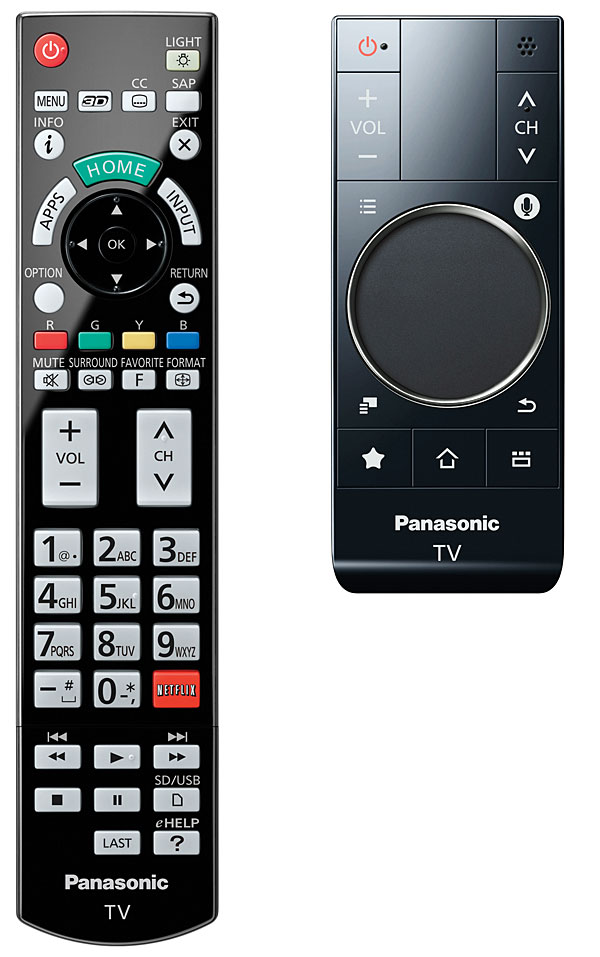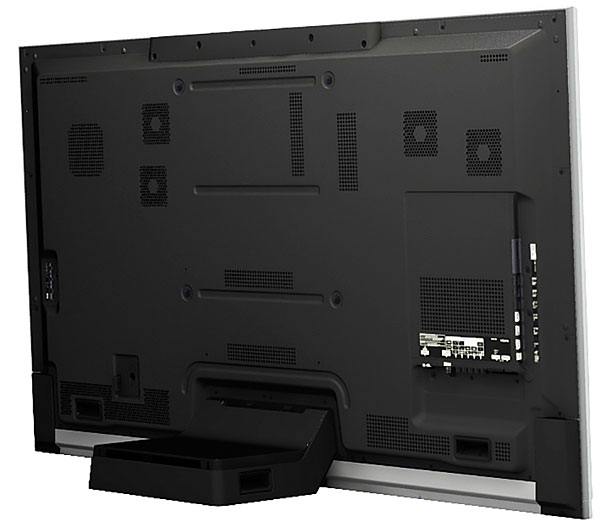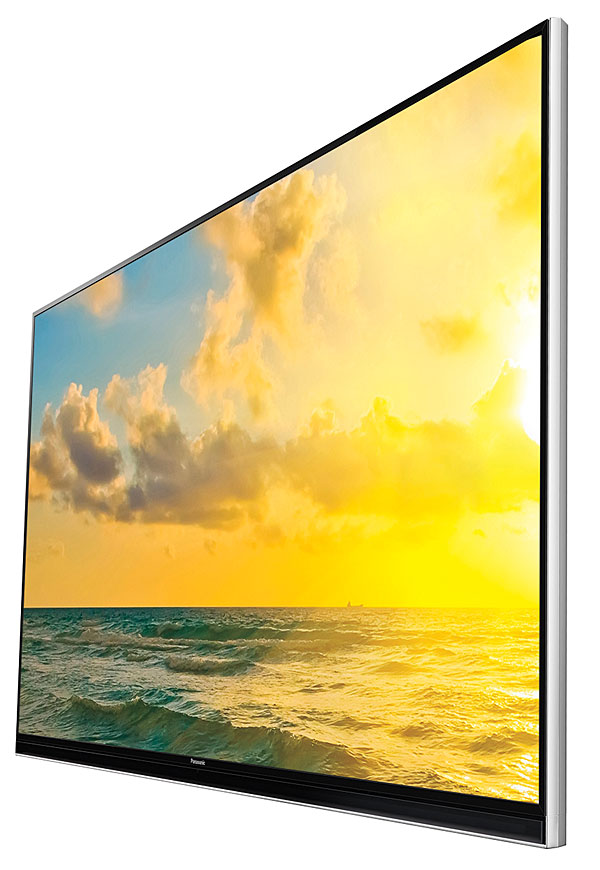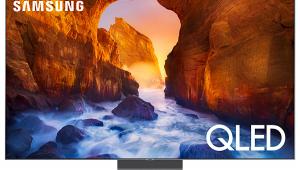New tech is cool!
We live in the world that has become wider in sense of business and competition. Everything went into Web in addition to the existing physical world challenges in business. I heard that one of the latest innovations is moving to VDR, as data room providers explain – this is cloud-based security-protected repositories.
Panasonic TC-65AX900U LCD Ultra HDTV Review Page 2
The richness and accuracy of the color on the calibrated set was indeed plasma-like, a fact well proven when I finally ran it alongside my reference flat panel, a well-tuned 60-inch Panasonic ST60 plasma from the company’s last year in that category (review at soundandvision.com). Scene after scene, the two sets were shockingly identical—always a surprise given the potential variance among different televisions tuned at different times, but even more so watching Grand Budapest where such a wide color palette was tested over the course of the film. It was only when I encountered a black-level torture sequence that the plasma proved itself the superior performer. In Chapter 7, Zero and M. Gustave, the hotel’s legendary concierge (played by Ralph Fiennes), are in a taxi racing through a town in darkness, and as the taxi follows the camera, its headlights beaming straight into the lens, the plasma exposed all kinds of details in the shadowy architecture that sped by, including both the stone textures and even the two-tone color treatment on one of the buildings.

The TC-65AX900U initially failed to grab these out of the shadows, leaving instead vague outlines of the building edges and roof lines, and none of the subtle color shadings the plasma delivered. I could put the two sets on equal footing for this dark scene by temporarily bringing the gamma preset down to 1.8, the lowest setting, though with obviously washed-out results on brighter scenes. Placing the Adaptive Backlight Control on Mid also helped, but with some sacrifice of deep blacks. A more permanent solution was to just use the 10-point gamma adjustments to tune by eye at and below the 30 percent brightness level. But there was no combination of settings I found that could provide the same shadow rendition as the plasma while also delivering its deepest blacks, which the TC-65AX900U just never achieved, either in its letterbox bars or elsewhere in the image.
Usually, the most detailed scenes scaled up from 1080p Blu-rays—close-ups on characters, showing facial hair and other textural details in skin and clothing—were rendered with equally fine precision whether I was looking at the native 1080p plasma or the TC-65AX900U’s internally upscaled image. But there were a couple of moments on longer camera shots when I thought the plasma delivered perhaps a tiny amount of additional sharpness. These moments were rare, however, and I found no fault with the scaling of 1080p content on any test patterns.
3D and 4K
Panasonic supplies two pair of passive 3D glasses. On the default 3D picture preset, the image was among the brightest 3D presentations I’ve seen, and highly detailed given the full HD resolution delivered to each eye. I was initially very encouraged, but crosstalk ghosting was rampant and quite severe on many scenes across Avatar, Coraline, and Flying Swords of Dragon Gate. Changing head position could only partially mitigate the issue, and there were no menu adjustments available to rectify it. Coraline, as an animated feature, was the best of the three demos, but I’m afraid that’s not saying much. On these three movies, the only ones I had available to try, 3D was pretty much unwatchable.

On the other hand, viewing 4K content on the TC-65AX900U was nothing short of a giddy treat. I looked at Ultra HD test patterns from my DVDO generator, a test clip of demo footage downloaded to a flash drive from Ultra Definition Showcase (uhdcontent.eu), and movies and nature shorts from Sony’s Video Unlimited 4K service via the FMP-X10 4K server. When I watched this material from my 7-foot viewing distance, there was never a moment when the TC-65AX900U failed to blow me away with its tremendously fine detail and incredibly rich, saturated colors. In a stunning short called Beneath the Blue Sea, a close-up of some clown fish playing among the anemones—think Finding Nemo—offered all the detail and fluorescence that I’ve seen on the actual creatures in aquariums. The fine, crisp edge around a red-and-green sea dragon (basically, a fancy seahorse) made it pop off the screen, and I was taken with how accurately the Panasonic reproduced that just-below-the-surface light I’ve experienced as a recreational diver. I would not have believed it, but a great 4K display like this one can indeed make well-shot material—even with no narrative line—breathtaking and hypnotizing.
To get a sense of the difference between native 4K versus 1080p upscaled to 4K, I fed the TC65AX900U three versions of Men in Black 3: the 1080p Blu-ray upscaled to 4K by the TV, 1080p upscaled to 4K by the Marvell chip in my Oppo BDP-103 player, and native 4K from Sony’s server. It wasn’t a perfectly controlled experiment, but after duplicating my calibrated settings on a second HDMI input using the TV’s copying feature, I connected the Sony server to one and the Oppo to the other. I started the movie on both sources and ran the Blu-ray player about 20 seconds ahead of the Sony server playing the native 4K. So, after seeing a scene or a fine detail in the Blu-ray version on one input of the TV, I had just enough time to switch the TV input to the 4K version and view the same exact scene.
In this case, the advantage of 4K became quickly apparent from the 7-foot distance. The Oppo’s upconversion was marginally sharper on some scenes than the Panasonic’s built-in scaling, though not by much and only infrequently. But the native Ultra HD had an almost luminescent, three-dimensional quality, thanks to the obvious additional detail, better-etched edges around objects, and the way the extra pixels seemed to somehow enhance bright highlights. In the opening sequence, for example, there’s a tight close-up of the back of some knee-high black leather boots worn by one of the characters. The fine teeth in the silver metal zipper running the height of each boot were obviously sharper in the native 4K, and they picked up the light better and had more dimensionality. Similarly, the tight close-ups of the creatures, gadgets, and faces inhabiting the rest of the movie were enhanced with you-are-there precision (particularly noticeable when the camera was on the deep ruts and wrinkles of a now-worn Tommy Lee Jones). The effects became harder to detect as I moved further back, and they remained most prominent on tight shots, but even at 16 feet, there was still some detectable benefit on some scenes. Caveats: I used two different inputs on the TV, and there may have been unknown mastering differences beyond resolution in the 4K download versus the exceptional 1080p Blu-ray transfer. But as a consumer, I’d easily choose the more pristine 4K version over 1080p scaled up, at least for this movie and even using these generally excellent scalers for the 1080p. I’m sold now: A good 4K display with native 4K programming is the real deal. Bring on the content, and the naysayers.

Conclusion
So, what have we got in the end? A flagship TV from a company best known for their superb 1080p plasma image quality, going all out to prove they can bump things up to Ultra HD resolution and achieve the same level of performance, all while wearing the handcuffs of inherently inferior LCD technology. It is, if anything, a noble cause. But did they succeed?
Well…mostly. There’s no doubt the TC-65AX900U qualifies as one of the very best LCD TVs I’ve ever seen, with an image that was alluring, engaging, and eminently satisfying each time I looked its way. More often than not, it was indeed equivalent to my reference plasma in its superb color rendition and, on most scenes, in its contrast. Nonetheless, even with its sophisticated full-array backlight and much effort put into calibration, I never quite got its deep blacks to rival my budget Panasonic ST60 plasma, which cost $1,700 two years ago. Given the TC-65AX900U’s price, and with 4K OLED knocking on the door from elsewhere, it would have to perform better than anything available, in any technology, to garner my highest, gotta-have-this recommendation. But I’ve no doubt that those who seek out the best that LCD technology has to offer today will find many thrilling hours in front of this marvelous television.
- Log in or register to post comments





































































